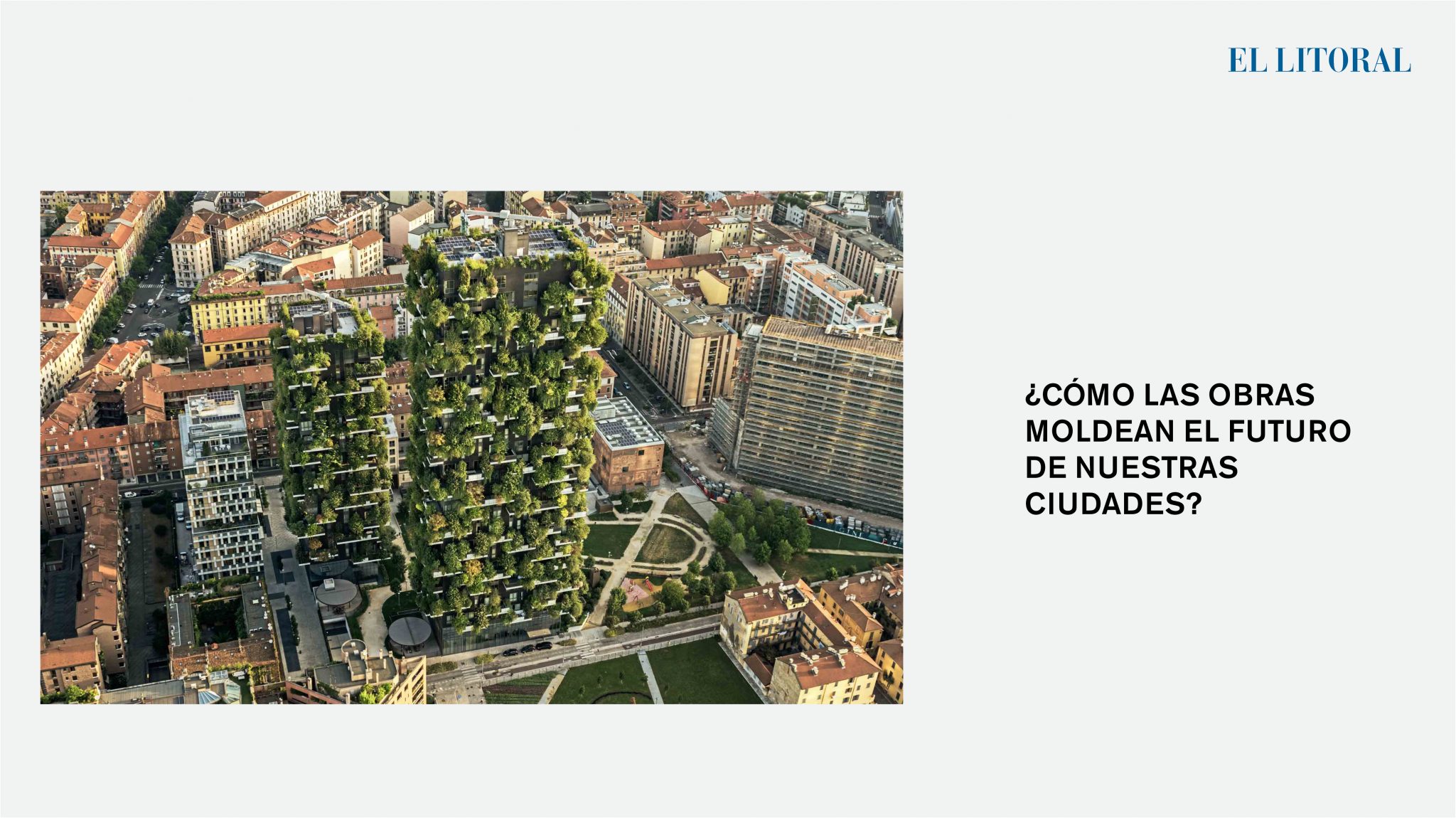
The Spanish website El Litoral publishes an article by Rodrigo Agostini that analyzes the economic regeneration aspects linked to new architectural projects, citing the Bosco Verticale by Boeri Studio as an example of both economic and environmental benefits for the cities of the future.
In a context of growing concern over climate change and social vulnerability, designing efficient buildings with the ability to reuse available natural inputs and incorporate passive systems along with clean materials and technologies, while reducing environmental impact and improving quality of life, is also an effective way to attract people interested in green investments that benefit our urban ecosystems.
In this context, one example of this phenomenon is the Vertical Forest, completed in 2014 in Milan as part of the larger Porta Nuova neighborhood regeneration—the first in the world to receive both LEED and WELL for Community certifications, which recognize the social, environmental, and economic sustainability of a real estate project.
The two certifications, both with GOLD ratings and complementary to each other, analyzed the social, environmental, and economic aspects of the Porta Nuova development, documenting the community’s involvement in activating public spaces and creating an innovative and replicable urban economic model.
To read the full article: El Litoral article.
